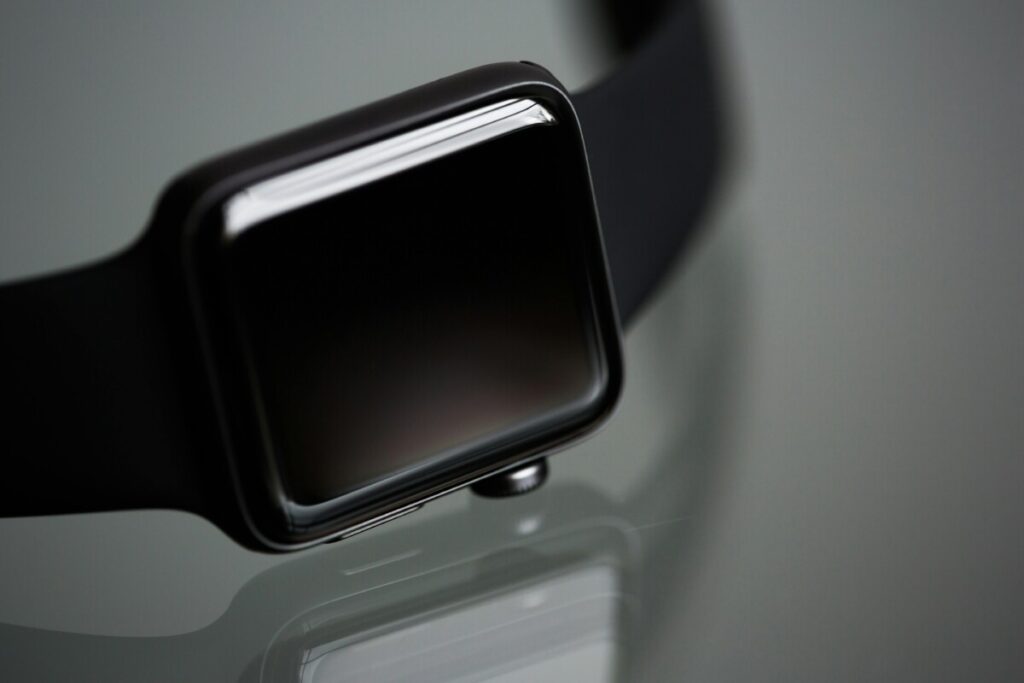Health Goals and Wearable Devices

Technology has transformed the way we live, work, and even exercise. One of the most significant advancements in recent years is wearable technology, which has revolutionized the health and fitness industry. Wearable devices such as health tracking devices, fitness wearables, and activity trackers have become instrumental in helping individuals achieve their health goals.
These devices provide real-time data, personalized feedback, and motivation to keep users accountable and on track. In this blog post, I’ll explore the benefits of wearable technology in helping you achieve your health goals and discuss future advancements in fitness tracking. Whether you’re a fitness enthusiast or someone looking to improve their overall well-being, wearable technology can be a game-changer in your journey towards better health.
The Benefits of Health Tracking Devices for Goal Tracking
Health tracking devices provide real-time data on your health metrics. Allowing you to track your progress toward your health goals. By using wearable technology, you can easily monitor and analyze your fitness activities. Helping you stay accountable and motivated to achieve your health goals. Health tracking devices can track various aspects of your health. Such as heart rate, sleep patterns, and calorie intake. Providing valuable insights to help you make informed decisions about your health.
Wearable technology allows you to set specific health goals and receive notifications and reminders to keep you on track. Making it easier to achieve your desired outcomes. With health tracking devices, you can easily track your progress over time. Allowing you to identify trends and patterns that can help you make adjustments and optimize your health routine.
How Fitness Wearables Can Keep You Motivated in Reaching Your Health Goals
Fitness wearables offer various features and functionalities that can help keep you motivated and on track to reach your health goals.

Here are some ways fitness wearables can keep you motivated:
1. Personalized Feedback and Rewards
Fitness wearables provide personalized feedback and rewards. Making your fitness journey more exciting and engaging. By receiving feedback on your progress and being rewarded for achieving milestones. You are more likely to stay motivated and continue working towards your health goals.
2. Realistic Goal Setting
Tracking your fitness activities and progress with fitness wearables helps you set realistic goals. These devices allow you to break down your goals into manageable steps and celebrate your achievements along the way. This approach keeps you motivated by providing a sense of accomplishment and progress.
3. Social Connectivity and Challenges
Many fitness wearables offer social connectivity features that allow you to connect with friends and join challenges. These features create a sense of community and healthy competition. Which can be highly motivating. Connecting with others who share similar health goals can provide encouragement and support throughout your fitness journey.
4. Identifying Strengths and Weaknesses
Fitness wearables track your workouts and help you understand your strengths and weaknesses. By identifying areas that need improvement. You can make necessary adjustments to your fitness routine for better results. The ability to see your progress and areas for growth keeps you motivated to work harder and continuously improve.
5. Continuous Feedback and Performance Tracking
Fitness wearables provide continuous feedback on your performance. Helping you track your progress and identify areas for improvement. Knowing where you stand in terms of your health goals can further motivate you to push yourself and achieve better results. The feedback and performance-tracking features of fitness wearables keep you accountable for your goals.
The Importance of Activity Trackers in Monitoring Your Fitness Progress
1. Activity trackers provide accurate and detailed data on your physical activities. Including steps taken, distance traveled, and calories burned, allowing you to monitor your fitness progress.
2. By wearing an activity tracker, you can easily track your daily activity levels and set goals to gradually increase your physical activity. Helping you stay on the right track toward achieving your fitness goals.
3. Activity trackers can monitor your heart rate during workouts. Ensuring that you are exercising in the correct heart rate zones to maximize your fitness gains and avoid overexertion.
4. With activity trackers, you can monitor your sleep patterns and identify any factors that may be affecting the quality of your sleep. Enabling you to make necessary lifestyle changes to improve your overall well-being.
5. Activity trackers provide insights into your sedentary behavior. Reminding you to move and be more active throughout the day. Which is crucial for maintaining optimal health and preventing a sedentary lifestyle.
The Future of Fitness Tracking: Advancements in Wearable Technology

The future of fitness tracking holds exciting possibilities, with advancements in wearable technology. Offering more advanced sensors and features to track various aspects of your health. Wearable technology is continuously evolving, with the potential for integrating AI and machine learning algorithms. Enabling more accurate and personalized health tracking and goal setting.
The future of fitness tracking may involve wearable devices with biometric sensors that can monitor blood glucose levels, hydration levels, and stress levels. Providing a comprehensive view of your overall health. Wearable technology is likely to become more integrated with other smart devices and platforms. Allowing seamless data syncing and integration for a more holistic approach to health monitoring and goal achievement. As wearable technology continues to advance. It may incorporate features such as virtual reality (VR) and augmented reality (AR) to enhance the fitness tracking experience. Making workouts more immersive and engaging.
Integrating Wearable Technology into Your Health Routine for Maximum Results
To maximize the benefits of wearable technology, choosing devices that align with your specific health goals and lifestyle is important. Ensuring that they provide the necessary features and functionalities. Integrating wearable technology into your health routine can help you gain a better understanding of your overall health and make informed decisions to optimize your fitness and wellness efforts.
By using wearable technology, you can easily track and monitor changes in your health metrics over time. Allowing you to make data-driven adjustments to your health routine for maximum results. Wearable technology can serve as a constant reminder and motivator to stay committed to your health goals. Providing real-time feedback and insights that keep you accountable and on track. When integrating wearable technology into your health routine, it’s important to establish a balance and avoid becoming overly reliant on the data. Maintaining a holistic approach to your health and well-being.
Conclusion
In conclusion, wearable technology has revolutionized the way we track and achieve our health goals. Health tracking devices provide real-time data on our health metrics. Allowing us to monitor our progress and make informed decisions about our health. Fitness wearables keep us motivated by providing personalized feedback, rewards, and social connectivity features. Activity trackers help us monitor our fitness progress and adjust our routines.
The future of fitness tracking looks promising with advancements in wearable technology, offering more advanced sensors and features. Integrating wearable technology into our health routines can maximize our results and help us achieve optimal health and well-being. However, it’s important to remember to maintain a holistic approach and not become overly reliant on the data provided by these devices. With the help of wearable technology, we can take control of our health and succeed in reaching our health goals.
https://serenity7wellness.com/index.php/2023/10/23/transform-your-life-with-exercise/
https://en.wikipedia.org/wiki/Main_Page
FAQ’s
Q: What are some examples of wearable technology?
A: Examples of wearable technology include fitness trackers, smartwatches, smart glasses, and health data wristbands.
Q: How does wearable technology work?
A: Wearable technology works by using sensors and other electronic components to track and monitor various aspects of the wearer’s health and activities.
Q: What is the future of wearable technology?
A: The future of wearable technology is likely to involve advancements in health monitoring, integration with other smart devices, and the development of new applications aimed at enhancing the wearer’s daily life.
Q: What are some applications of wearable technology?
A: Wearable technology has applications in fitness tracking, medical monitoring, virtual reality, and connectivity with smartphones and other devices.
Q: What is a fitness tracker?
A: A fitness tracker is a type of wearable device designed to monitor and track fitness-related metrics such as physical activity, heart rate, and sleep patterns.








